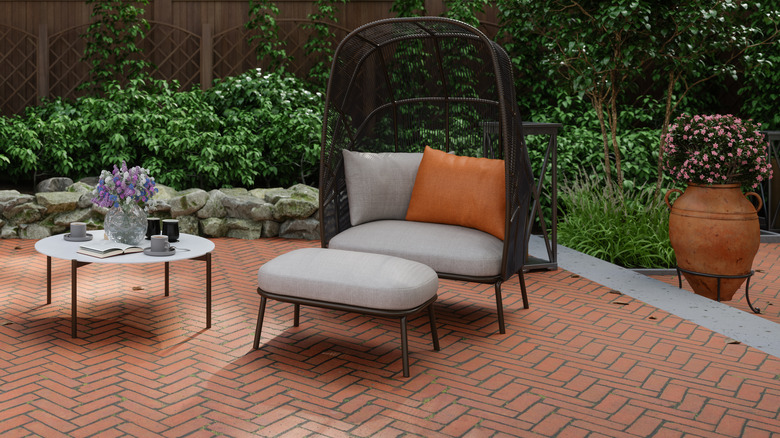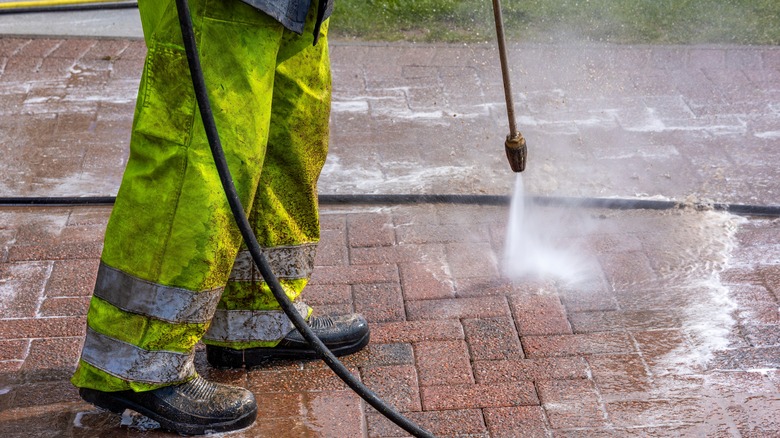Telltale Signs It Is Time To Reseal Your Pavers
Ever looked at your patio and thought, "Wow, that looks like it has seen better days?" If your pavers have started fading, look discolored, have cracks and stains, or sport some dirt buildup, it might be time to consider resealing them. Resealing not only keeps them looking fresh, but it also protects them from the elements.
Fading colors on pavers are a sign that the sealant has worn off. Over time, UV rays from the sun can bleach out the color of your pavers, making them look drab and tired. Pavers that appear dull or have uneven color signify that the sealant is no longer protecting them effectively. A fresh layer of sealant will restore their original color and give them a renewed shine.
Also, pavers showing cracks and chips are waving a red flag. Cracks are more than just a cosmetic issue; they can lead to bigger problems if not addressed. Small cracks can form as pavers age, allowing water to seep and cause further damage. Another sign that it's time for a new coat of sealant is the appearance of stains and dirt that won't come off. A good sealant acts as a barrier and prevents liquids and dirt from soaking into the pavers. If you find that spills, oil, or general grime are starting to leave marks that are hard to clean, your sealant has worn away. Performing a simple water test can help determine if your pavers need resealing: pour some water on the surface, and if it absorbs rather than beads up, your pavers are begging for a reseal.
How to reseal your pavers
Resealing your pavers is not brain surgery, but it requires some effort. First, you need to clean your pavers. Sweep away any dirt, leaves or debris and then thoroughly wash the paver surface. This ensures the pavers are spotless and ready to absorb the sealant properly.
Once the pavers are completely dry, inspect them for cracks or damage and use a concrete filler to repair these imperfections. Addressing the issues will ensure the sealant adheres properly and provides uniform protection. Now, pick a sealer designed specifically for your type of paver and apply it using a roller or sprayer. Work in small sections to cover the surface evenly, but be mindful not to overapply — a thin, even coat works best. After applying the first coat, give it some time to dry. This can take 24 to 48 hours, depending on the product. Once dry, apply a second coat for extra protection. Avoid walking on or placing furniture on the newly sealed surface until fully cured.

